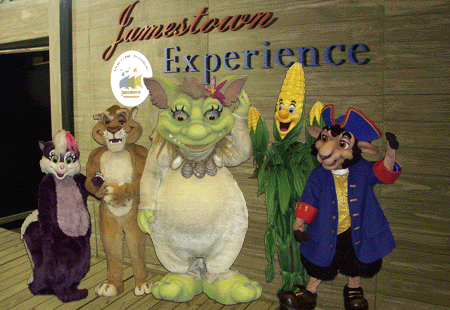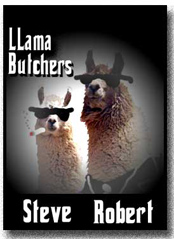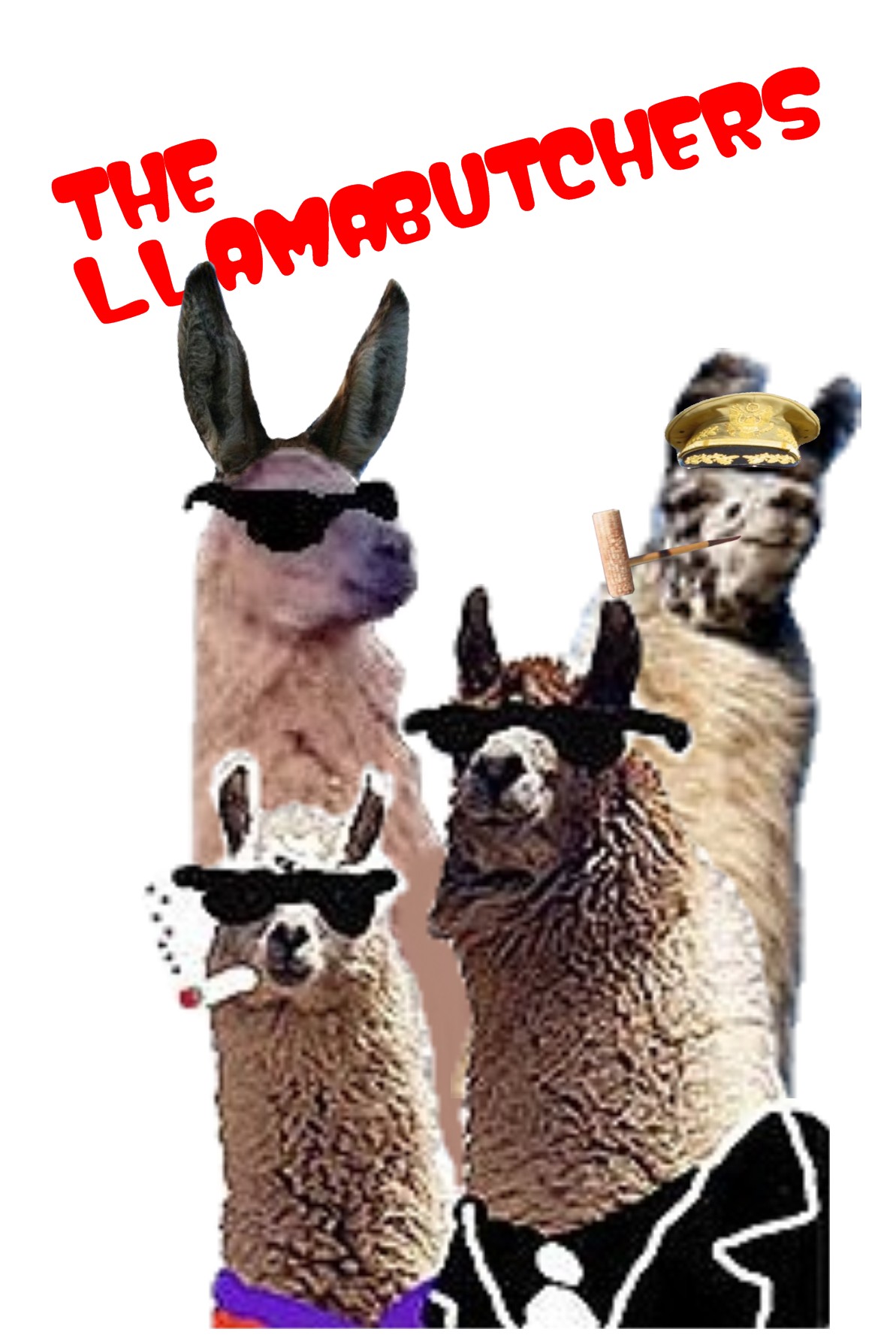May 23, 2006
Ye Olde Historickal Celebration Yposting
I've been perusing the Jamestown 2007 website this morning. It seems the organizers are pulling out all the stops to commemorate the 400th anniversary of the founding of the colony.
I was prompted to check it out initially owing to a series of radio ads that have started to annoy me. They tout America's 400th anniversary, and go on at great lengths about all the ideas of life, liberty and the pursuit of happiness and all the other things that make the good ol' U.S. of A wunnerful and how they all started right there in ye olde Jamestown.
What nonsense. Sure, this was the first permanent English settlement in the New World, so technically everthing that followed - especially in Virginia - can be said to trace back to it, but I think it's something of a stretch to suggest that, politically or philosophically speaking, a band of Stuart-Era adventurers in 1607 had all that much in common with the Founding Fathers, who had 160-odd years of colonial experience and some seriously developed 18th Century Enlightenment thought under their collective belts. It all could have gone very, very differently, after all.
I rant primarily because I think colonial history is a seriously overlooked subject in this country. Most people these days have a kind of Underpants Gnomes mentality about it:
1. Settlement
2.
3. Fourth of July
Maybe the thinking is to lure folks in by making the appeal as broad as possible and then to edumacate them, but this seems dishonest to me.
Aaaaanyway.........
The site has all kinds of info on the parties and events planned for the occasion - the sailing of the Godspeed, ties to the battle of Yorktown (profit!), a smattering of Indian commemorations in order to ensure that White Guilt is maintained at the proper level, etc. But here's something that puzzles me:

"Children's Performance: Ba-Baaah and the Windigo - an original children’s show telling the story of 1607 from the perspective of a young Indian girl and some of the indigenous animals present when the ships first arrived."
(Italics mine.) I draw your attention in particular to the character in the middle. Who knew that Maurice Sendak's Wild Things lived on the shores of the James? If that's the kind of thing that Pocahontas imagined she saw, no wonder John Smith didn't marry her.
UPDATE: BTW, I should mention that the Jamestown reconstruction itself is a very cool place to go - the 'rents used to live about fifteen minutes away and we took the Llama-ettes over numerous times.
UPDATE DEUX: When the subject turns to Jamestown, I can never resist also adding a few words about Fort St. George and the Popham Colony, founded the same year near the mouth of Maine's Kennebec River. (I have gone bluefish fishing in the tidal inlet overlooked by the colony's site a number of times. It's just around the corner from one of my favorite out of the way vacation locales, Popham Beach, and a stone's throw from Fort Popham, a massive Civil War emplacement guarding the mouth of the river.)
There's not much to say, really, in terms of historical impact. The leader of the colony, George Popham, died. The new leader, Raleigh Gilbert, learned from a supply ship that he had inhereted a lot of money and decided to go back to England. The remaining colonists had no wish to stick around leaderless, so they all went home as well. The entire enterprise lasted about a year.
Nonetheless, the colony's record is a good snapshot of the realities of 1607:
The colony started as an initiative of the highest importance. James I issued the charter forming both the Popham Colony and Jamestown on April, 10, 1606, to grasp for England the unsettled east coast of North America. France recently had planted a colony at the northeast extent of present-day Maine; Spain held Florida. The Virginia Company, thus created, parceled the unsettled east coast to two separate companies: the London Company to settle south of roughly the Hudson River and the Plymouth Company to settle roughly north of the Hudson into Maine. Jamestown’s ships landed three months before those of the Popham Colony. Unlike the Popham colonists, those at Jamestown struggled, but persevered.The documents surviving on Popham Colony, although maddeningly incomplete, outline its story. Factions formed from the start. President George Popham was old, “timorously fearful to offende” and “of an unwildy body,” but he was also the nephew of Sir John Popham, Chief Justice of England, colony namesake and its chief backer. Second in charge, Raleigh Gilbert, was young, perhaps 24, “desirous of supremacy, and rule, a loose life...prompte to sensuality,” and of higher social standing than his superior. Some references suggest he may have - however wrongly - asserted he had a prior claim, by Elizabeth I’s 1578 patent to his father Sir Humfrey Gilbert, the lost explorer. Setbacks plagued the Popham Colony. The Maine winter was unusually severe. Fire broke out in the midst of it, damaging buildings and destroying provisions. The Indian trade yielded little return, and relations with the local people, the Abenaki, were strained.
Ultimately, three deaths determined the colony’s fate. Sir John Popham died in 1607 in England. President George Popham died at Popham Colony in February 1608. Raleigh Gilbert’s brother died leaving to him the extensive Gilbert estates in England, a surprise, no doubt, for the youngest of seven children seeking his fortune in the New World. Documents record that at Fort St. George the colonists built a trenched fortification, a large storehouse, a chapel building, and a house for Raleigh Gilbert. Shipwrights who accompanied the voyage constructed a small vessel called a pinnace, which the colonists named the “Virginia” and sailed to England on their return. A chance surviving document especially caught [archeologist Jeffrey] Brain’s attention. Among the items of espionage that Spain’s ambassador to London, Pedro de Zuniga, secreted to his Lord, King Philip III, in 1608, were accounts of Popham Colony, and a map of it, drawn by one John Hunt. The map (critical to further discoveries at Popham) has fortunately survived (fig.2).
Read the rest, including the history of the excavations. I promise there isn't even a suggestion of freakoid costumed figures hanging around this place.
Posted by Robert at May 23, 2006 08:19 AM | TrackBackI'm actually slightly more freaked out by the supremely happy corn (maize?)
As for the green thing - um. Yeah. Maybe they thought dinosaurs were still rambling around? Or trolls?
Posted by: beth at May 23, 2006 09:01 AMActually, I immediately thought Mr. Happy Maize must be the love child of the Jolly Green Giant and that singing candle thingum from Beauty and the Beast.
Posted by: Robbo the LB at May 23, 2006 09:13 AMPurple skunks? Happy corn? Cows in clothes? Monsters? Methinks there be more in thy pype than tobacko
Posted by: rbj at May 23, 2006 09:41 AMOne of the more interesting pieces on the colonial pieces that I've seen lately was the special docudrama on one of the pop-academia channels (Discover? NGeo?) on Edward Teach. Quite well done, and covered the politics and attitudes of different governors in the North American colonies.
Posted by: Brian B at May 23, 2006 01:01 PM

 Image courtesy of the lovely and talented
Image courtesy of the lovely and talented 